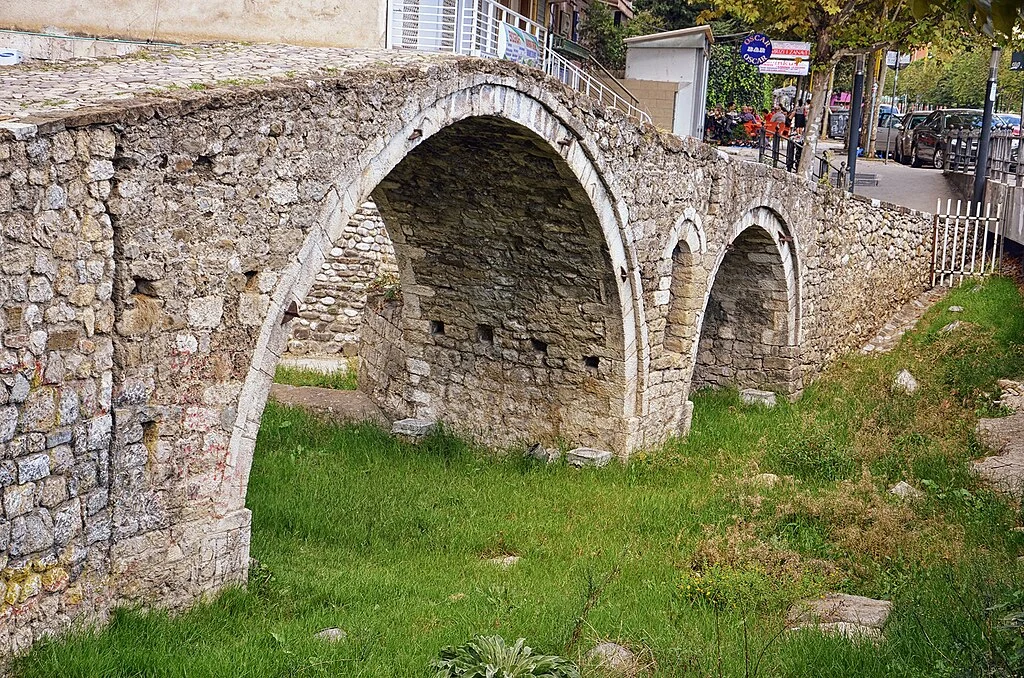
Key Takeaways
- Tirana is the vibrant capital city of Albania, known for its unique blend of history and modernity.
- The city became Albania’s capital in 1920, replacing Durrës for strategic reasons.
- It has a rich history influenced by Ottoman, Italian, and Soviet architectural and cultural styles.
- Today, Tirana is the political, cultural, and economic hub of Albania, hosting key government institutions and cultural landmarks.
Table of contents
What is the Capital of Albania?
The capital of Albania is Tirana. Tirana, the political and cultural heart of Albania, is the country’s most populous city and the seat of its government. This bustling city is at the core of Albanian national identity and development. In Albanian, it is known as Tirana. Municipality of Tirana provides official information about the city.
Overview and Significance of the Albanian Capital
Historical Importance
- Designated in 1920: Tirana officially became the capital, replacing Durrës, due to its central location and strategic significance. Learn more here.
- The city has experienced periods of Italian occupation and Communist rule, each leaving their mark.
Political Role
- Government Institutions: Tirana is home to key government buildings, including the Albanian Parliament, the Presidential Palace, and ministries.
Economic Role
- Economic Center: It functions as Albania’s economic hub, featuring numerous businesses, industries, and financial institutions.
Cultural Significance
Tirana embodies Albanian identity and serves as a central hub for cultural expression, hosting festivals, museums, and diverse architectural styles that reflect its complex history and vibrant local life. CIA World Factbook and World Bank provide further insights on Albania’s cultural landscape.
Geographic and Demographic Information
Location
Central Albania: Tirana is situated in the heart of Albania, close to the coast, and is renowned for the scenic Dajti Mountain that majestically overlooks the city. Google Maps.
Population
The city is the most populous in Albania, with recent figures from the Albanian Institute of Statistics (INSTAT) confirming its status as the country’s primary urban center.
Cultural Aspects
The city showcases a mosaic of Ottoman, Italian, and Soviet influences. Its lively cultural scene includes festivals, museums, and a mixture of architectural styles, making Tirana a true cultural hub of Albania.
Historical Background of Tirana
Ottoman Origins
Initially a small Ottoman-influenced town, Tirana’s growth was driven by its strategic position and traditional architecture.
Becoming the Capital
The pivotal change came in 1920, when Tirana was designated as the capital for its central location and promising outlook.
Italian Influence
During World War II, Italian occupation brought urban planning and architectural developments that leave a lasting legacy.
Communist Era
The period under Enver Hoxha witnessed socialist architecture and policies like atheism, alongside urban renewal projects. Discover more about Communist Tirana here.
Post-Communist Transition
Following the fall of communism, Tirana has seen rapid growth, reforms, and a re-embracing of cultural diversity, reflecting its dynamic transition into the modern era. Academic sources available on Google Scholar or JSTOR.
Contemporary Highlights
Government Institutions
- Major government buildings include the Albanian Parliament, Presidential Palace, and the Prime Minister’s Office.
Cultural Landmarks
- Attractions like Skanderbeg Square, Et’hem Bey Mosque, and the National Historical Museum are central to Tirana’s cultural scene.
- The Pyramid of Tirana and the Bunk’Art museums offer insights into Albania’s recent history.
Economic Importance
The city hosts numerous business headquarters and commercial centers, making it the economic engine of Albania.
Tourist Attractions
Visitors can enjoy parks, art galleries, cafes, and local cuisine that showcase Tirana’s lively and welcoming atmosphere. Official tourism websites and travel guides like Lonely Planet.
Conclusion
In summary, Tirana is much more than just Albania’s capital; it is a vibrant city where history, culture, and modern living converge. From its historic roots to contemporary developments, exploring Tirana offers a window into Albania’s evolving identity. Whether driven by its historical significance or its energetic present, Tirana holds something special for every visitor and history enthusiast.
We invite you to delve deeper into the rich tapestry of Tirana, discovering its traditions, landmarks, and the spirited people that shape its unique character. The Albanian capital is a testament to resilience and renewal, constantly transforming while honoring its heritage.


0 Comment